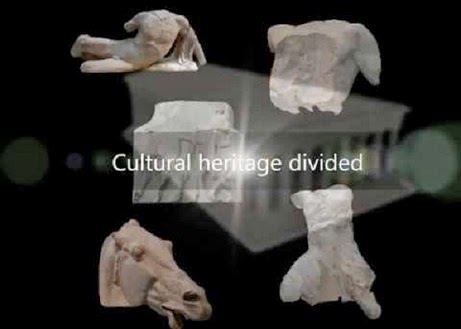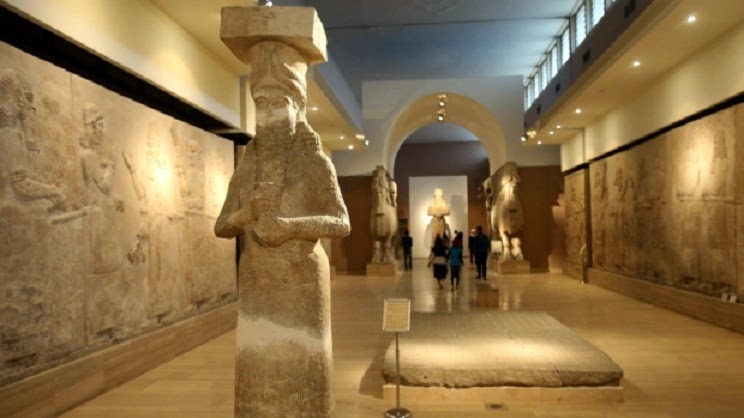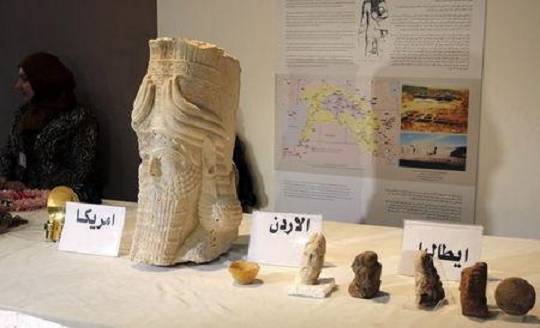Sew La Ti Embroidery [Search results for China]
France: France returns looted gold antiquities to China

East Asia: How to save the disappearing Great Wall of China?

The Architectural Chinese Greatness
East Asia: China starts restoring Great Wall's oldest section

East Asia: 800-year-old Buddhist statue of 'goddess with thousand hands' restored to former glory

The Final Results of Miss Paraguay 2011

Latest results of Miss Paraguay 2011/ Reinas Paraguayas 2011 - Miss Universo Paraguay 2011 is Alba Riquelme

An emotional Lady Gaga wipes away tears as she remembers Japanese earthquake victims

Central Asia: Scholars rush to save Mes Aynak

[VIDEO Trailer] Transformers: Dark of the Moon (2011)
![[VIDEO Trailer] Transformers: Dark of the Moon (2011)](https://blogger.googleusercontent.com/img/b/R29vZ2xl/AVvXsEiYIhu8542mNnVpSYCxXb4I-9BEMnR4TtiLpEw-odGCh_dW3YMdlcy5UiKHaZdyi7Zz6AI8TDLxTJcgsiJ7YOBPFRb2X62E6BDrvYFaBE2IKVBE5-w1WQY6nMGLLiJQcwoxP6t-g94ppHzO/s1600/Transformers-3-Dark-of-the-Moon-Teaser-Poster-Clear-worldztuff.jpg)
More Stuff: Is Greece about to lose the Parthenon Sculptures forever?

The Architecture With a Grin
Iraq: Iraq celebrates return of antiquities
Black Sun of a Gun

Karen Remon is Miss Guatemala International 2011

Heritage: A new Zimbabwe site on the World Heritage List?

Alejandra José Barillas Solís was crowned Miss Universe Guatemala 2011 She will represent Guatemala in Miss Universe 2011 in Sao Paulo, Brazil

Central Asia: Bamiyan Buddhas rise again... in 3-D

Iraq: Iraq says ISIS demolishes ruins to cover up looting



